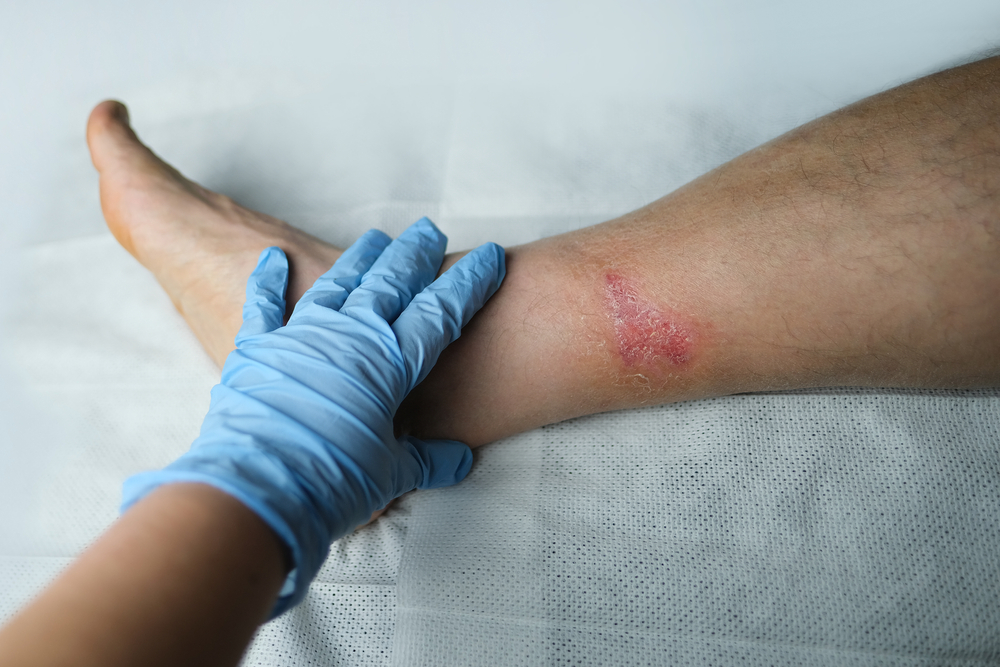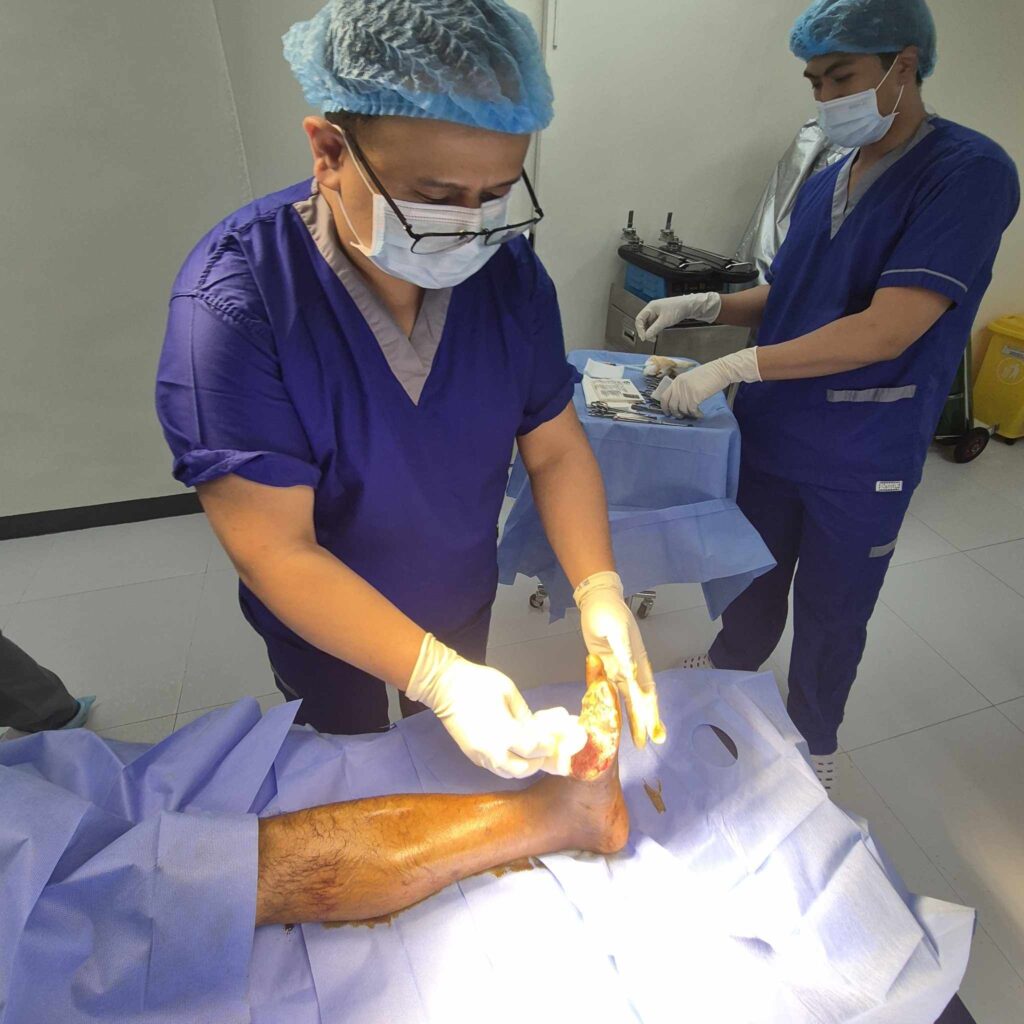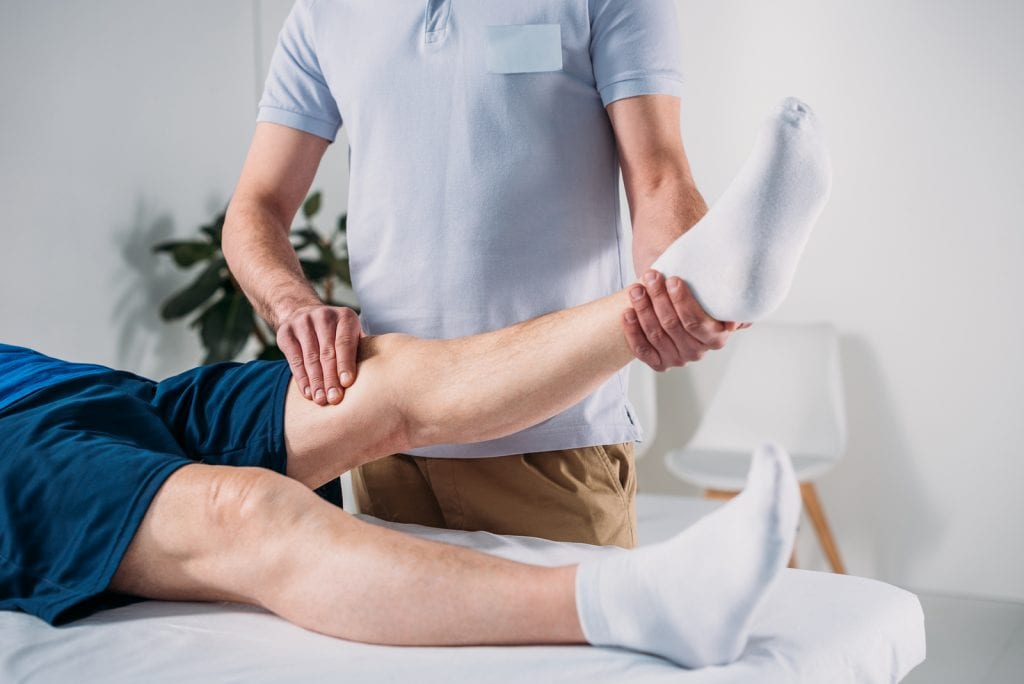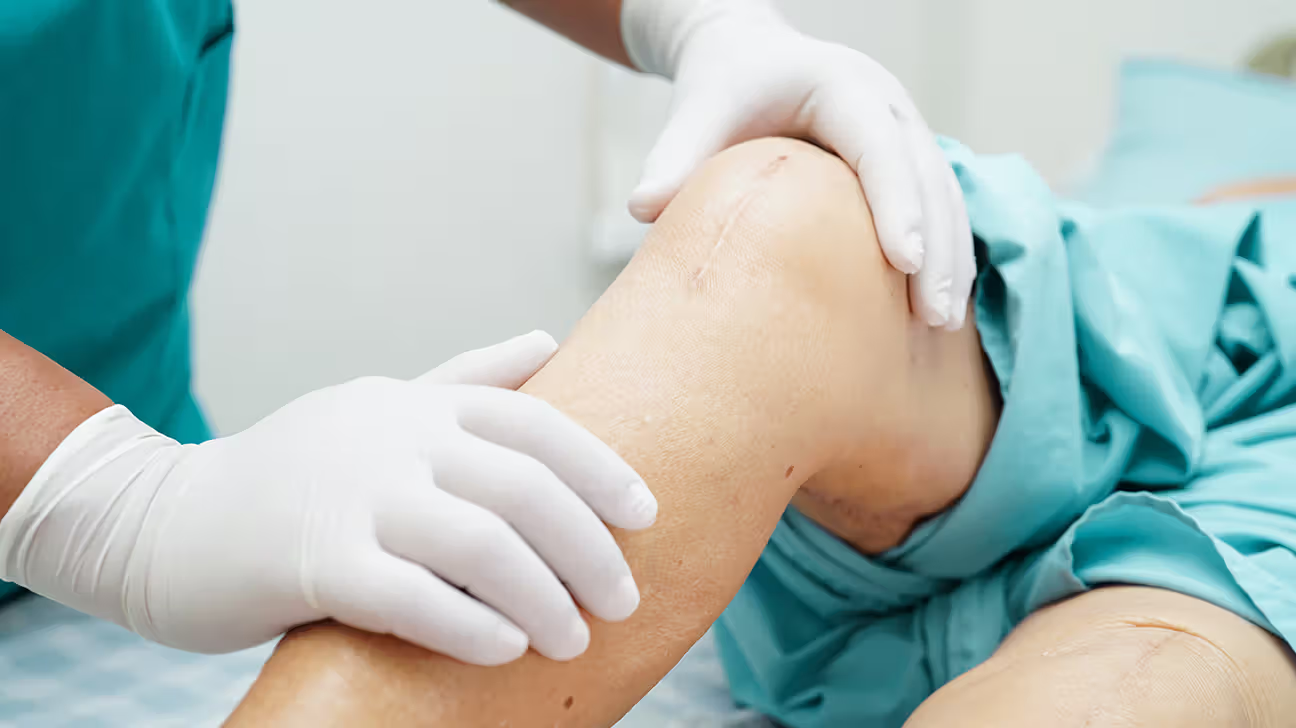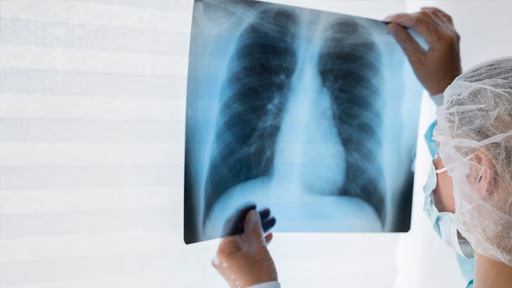What Is an Infected Wound?
An infected wound occurs when harmful bacteria enter a break in the skin and begin to multiply, leading to inflammation, pain, and delayed healing. Wounds can become infected due to improper cleaning, exposure to contaminated surfaces, or underlying health conditions that affect the immune system. Some infections are minor, but others can rapidly escalate if not treated appropriately. Visible symptoms such as redness, swelling, pus discharge, and a bad smell are common indicators that a wound may be infected. Pain around the wound site, warmth, and a fever may also be present. Even small cuts and scratches can become problematic if not managed carefully. Recognizing the early signs is essential to preventing complications that may require advanced medical intervention.
Why Seeing a Doctor for Infected Wounds Is Critical
Prompt medical attention can prevent the spread of infection into the bloodstream or deeper tissue layers. A doctor for infected wounds is trained to assess the extent of the issue and apply proper treatments before it worsens. Many individuals attempt to treat infections at home with antiseptics or leftover antibiotics, which may not be sufficient for certain bacteria. Mismanagement of wounds can lead to more serious outcomes, including abscesses, cellulitis, and even sepsis. Professional care ensures that the correct type of antibiotic or procedure is applied based on the wound’s severity. Doctors may also spot underlying issues that inhibit healing, such as diabetes or vascular disease. Seeing a qualified medical professional ensures timely intervention and faster recovery.
Types of Wound Infections Doctors Commonly Treat
Doctors regularly treat a range of wound infections, from simple abrasions to more complex wounds requiring specialized care. Surgical wounds can become infected if stitches or incisions are not properly cleaned, especially in post-operative recovery. Traumatic injuries, such as those caused by sharp objects or accidents, often introduce bacteria directly into the tissue. Patients with diabetes are prone to foot ulcers, which can become infected quickly and may lead to amputation without timely treatment. Pressure sores, particularly in immobile or elderly patients, are another common infection risk. Burn wounds, due to their damage to skin layers, are highly vulnerable to microbial invasion. Animal bites, insect stings, and puncture wounds are also frequent causes of infection seen by healthcare professionals.
How Doctors Diagnose an Infected Wound
Accurate diagnosis is essential to treating an infected wound effectively. A doctor for infected wounds will typically begin by examining the wound’s appearance, including signs such as redness, warmth, swelling, and discharge. They may press around the wound to assess tenderness and check for systemic symptoms like fever or chills. If the infection appears severe or doesn’t respond to initial treatment, a wound swab might be taken to identify the bacteria responsible. Blood tests can reveal how far the infection has spread or whether the body is fighting it off efficiently. In some cases, imaging studies like X-rays or MRIs help detect deeper infections, especially when bones or internal tissues may be involved. This diagnostic approach helps tailor the treatment to the specific needs of the patient.
Treatment Options a Doctor May Provide
Once a wound is diagnosed as infected, treatment usually starts immediately to prevent further complications. Oral antibiotics are commonly prescribed for mild to moderate infections, while more severe cases may require intravenous antibiotics. The doctor may perform debridement, which involves removing dead or infected tissue to promote healthy healing. Regular cleaning and dressing changes are vital and often done under clinical supervision for deep or stubborn wounds. Pain relief medications might be included to manage discomfort during the healing process. Patients with more complex infections might be referred to a wound care specialist or infectious disease expert for continued care. The goal of treatment is not only to resolve the current infection but also to prevent recurrence.
What to Expect During a Doctor’s Visit
During a visit, patients should expect a thorough evaluation of their wound and overall health condition. The doctor for infected wounds will ask about the wound’s history, including how it happened, when it occurred, and any changes in appearance. Patients should be prepared to share if they’ve used any medications, bandages, or topical ointments. The healthcare provider will then inspect the wound closely, possibly clean it, and decide on the necessary diagnostic steps or treatments. If an infection is confirmed, a treatment plan will be discussed, including how long recovery might take and what self-care will be required at home. Follow-up visits may be scheduled to monitor progress and ensure proper healing. Transparency during the visit helps the doctor make more informed decisions for optimal recovery.
Home Care Instructions from a Doctor
Effective recovery often depends on how well patients follow home care instructions provided by the physician. Cleaning the wound with mild soap and water, applying fresh dressings, and avoiding irritants are typical recommendations. Doctors often prescribe antibiotics or topical creams and stress the importance of completing the full course. Patients should monitor for signs that the infection is worsening, such as spreading redness, increased pain, or new discharge. Avoiding unnecessary pressure or friction on the affected area supports faster healing. Hydration, balanced nutrition, and maintaining hygiene all contribute to a stronger immune response. Proper home care, guided by a doctor for infected wounds, can prevent additional complications and reduce the risk of re-infection.
When to Seek a Doctor Immediately for an Infected Wound
Not every wound requires emergency care, but certain signs indicate the need to seek medical help immediately. If the redness continues to spread or streaks appear beyond the wound, it may signal a progressing infection. High fever, chills, dizziness, or confusion are systemic symptoms that require urgent evaluation. Wounds with persistent or foul-smelling discharge, especially those that do not improve within a couple of days, should not be ignored. People with underlying health conditions like diabetes, immune disorders, or poor circulation should see a doctor at the earliest sign of infection. Swelling that increases instead of decreases over time is also a concern. Knowing when to seek help ensures infections don’t turn into life-threatening conditions.
Choosing the Right Doctor for Infected Wounds
Not all doctors offer the same level of care for wound infections, so choosing the right one is important for effective treatment. Primary care physicians can handle most minor infections, but more serious cases might benefit from a wound care specialist. These professionals have specific training and experience in managing chronic or complex wounds. Patients should also consider if the doctor works closely with other specialists such as dermatologists or infectious disease experts. Facilities with dedicated wound care centers often provide advanced technologies, including hyperbaric oxygen therapy and specialized dressings. It’s also helpful to find a physician who communicates clearly and supports your involvement in the healing process. A doctor for infected wounds with experience and proper resources can significantly improve the outcome.
Preventing Wound Infections Before They Start
Good hygiene and proper wound care can prevent most infections from developing. Always wash hands thoroughly before touching a wound, and use clean bandages to cover open areas. Avoid picking at scabs or touching healing wounds unnecessarily. Keeping the wound dry, especially after washing, can stop bacterial growth. For those with high infection risk—like individuals with diabetes or circulation problems—regular foot checks and early care for minor cuts are crucial. Eating a diet rich in vitamins and minerals helps the body heal faster and more effectively. Prevention requires a proactive approach and understanding the right techniques for wound care before an infection has the chance to take hold.
Frequently Asked Questions (FAQ)
Q1: How do I know if my wound is infected enough to see a doctor?
If you notice increasing redness, swelling, warmth, pus, a bad smell, or if the pain worsens, it’s best to see a doctor. Fever or fatigue are also red flags.
Q2: Can I treat a wound infection with over-the-counter medication?
While antiseptics can help in early stages, established infections often require prescription antibiotics and professional cleaning. Self-treatment may not be enough.
Q3: How long does it take for an infected wound to heal?
Healing depends on the severity of the infection, your health condition, and how well you follow the treatment plan. It may take anywhere from several days to a few weeks.
Q4: What happens if I ignore a mild wound infection?
Even mild infections can progress to more serious problems like abscesses or bloodstream infections if left untreated.
Q5: Do I always need antibiotics for an infected wound?
Not always. Some mild infections can heal with proper cleaning and care, but your doctor will determine if antibiotics are necessary.
Q6: Should I go to an ER or a clinic for an infected wound?
For severe symptoms such as fever, spreading redness, or deep wounds, go to an ER. For mild to moderate infections, a clinic or primary care doctor is appropriate.

